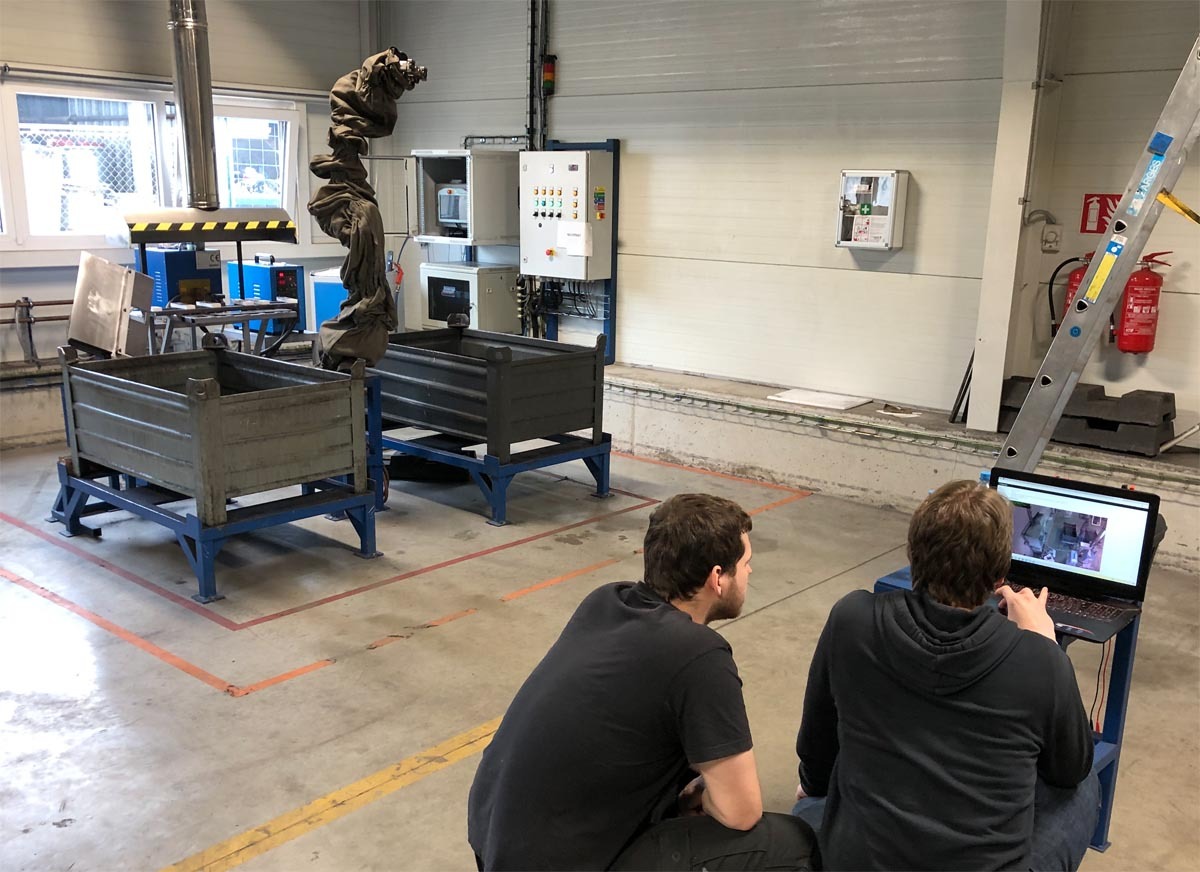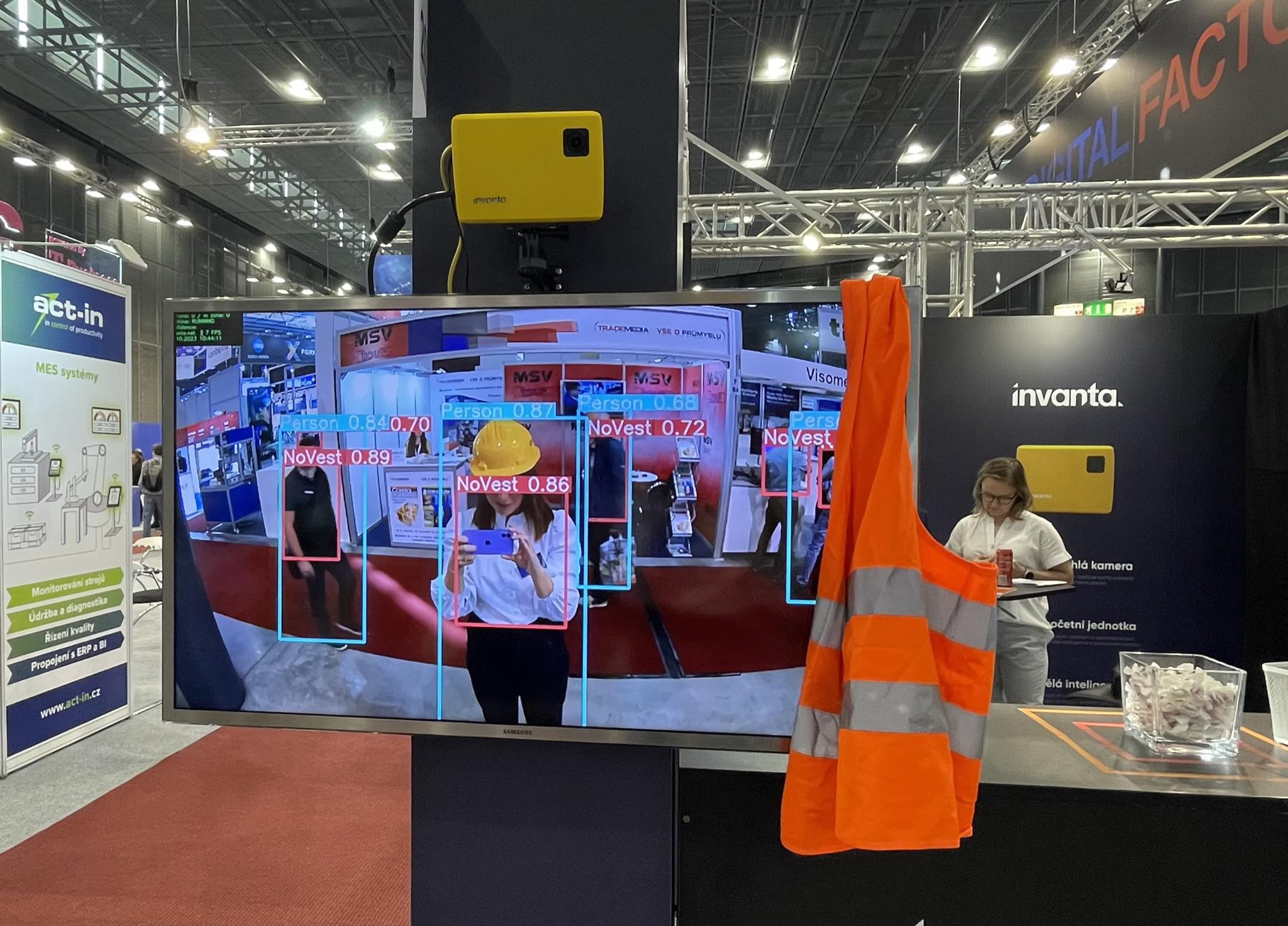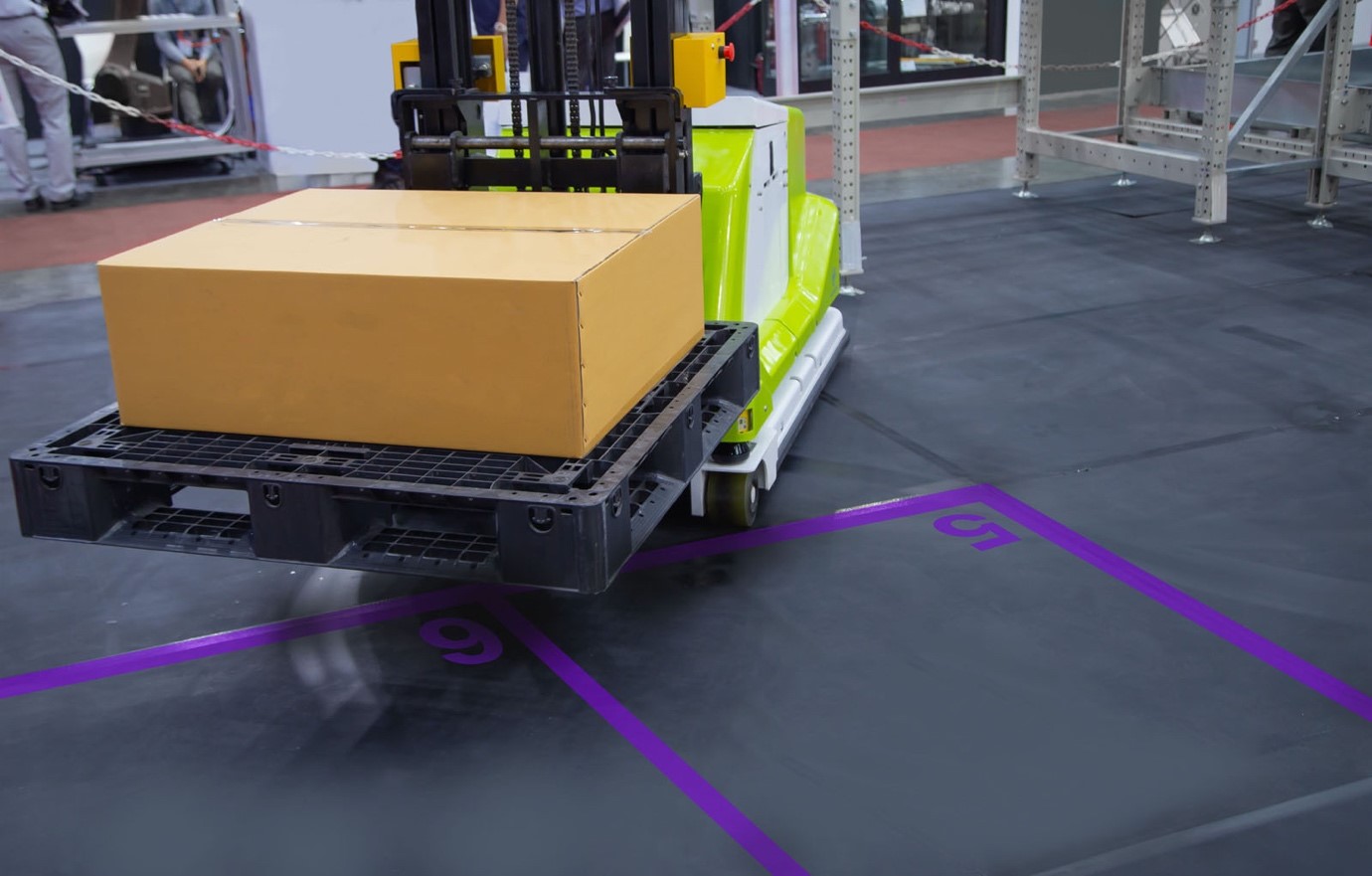Safety of robotic workplaces in industry
The ambition to make work and automation more efficient has been accompanied by people since a long time ago. Today, thanks to developments, especially computer technology, we are seeing an increase of robotization across all industries, and it can be expected that this trend will not just stop.
With the exception of fully automated operations, the presence of operators is still a necessity, even for high-performance machines. In such cases, safety and health issues commonly arise. A typical example of such an environment are lines using robotic arms that are able to operate with high weights. Standard robotic arms are not equipped with any sensors, which poses a high threat to the surrounding presence and movement of people.

Collaborative robotic arms are a half step forward in security. These robots are designed to work with humans to increase the automation of production processes. However, their "collaboration" carries a number of limitations arising from the principle of detecting contact with an obstacle. In particular, it is a reduction of the maximum momentum that the robot can achieve. This then physically leads to a reduction in maximum speed and weight, which also limits its possibilities. To secure the robot's perimeter, for example, fencing can be used, but it is relatively expensive both for the installation itself and for the space it takes up in the production hall. In addition, handling it is impractical when the operator has to get out of the forklift and shut down part of the fence if necessary (if AGVs - automatic guided vehicles, are also used, then the fence is completely unusable).
Alternatively, optical gates are offered to stop the machine when interrupted. However, if we need to work in a given area and monitor only the presence of a person, the optical gate fails here. In addition, neither of those variants reduces the probability of human error when one operator is close to the machine (in a cage or behind an optical gate) and the other does not check the space and turn the machine on. Unfortunately, such a scenario often has fatal consequences.
As one of the possible variants there comes direct human supervision, a supervisor with a finger on the STOP button. In real operation, however, this is understandably not feasible. And this is where artificial intelligence and machine vision enter the scene.
The development of computer neural networks has enabled us to combine the flawlessness and tirelessness of electronic eyes - cameras, with object evaluation, which is capable of man. Thanks to this, we can constantly monitor the demarcated space, the movement of people or objects in it, and then respond appropriately to the situations that have arisen. The use of cameras eliminates the obstacles suffered by fences and laser gates. Thanks to the installation at heights, it does not interfere, no further manipulation is required and there is also a completely eliminated risk of human error. As long as the camera sees that there is a human in the restricted area, it will not allow the machine to start. If a person enters this area during operation, the machine will be stopped in an emergency.



